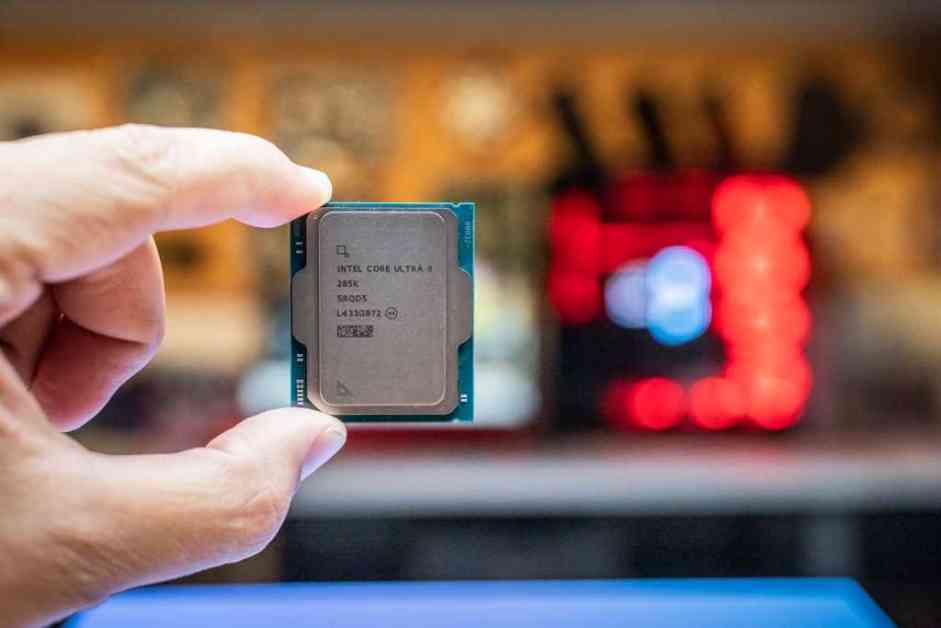Intel has introduced its new Arrow Lake architecture, part of the Core Ultra 200S series, which aims to bring AI capabilities to Intel desktops. This chip does not utilize the Copilot+ capabilities seen in Intel’s mobile Lunar Lake chip, instead opting for the older NPU from Meteor Lake. This decision means that Arrow Lake chip users will not be able to access some of the advanced AI features in Windows 11’s 2024 Update. The NPU in Arrow Lake offers 13 TOPS, falling short of the 40 TOPS required for Copilot+ status set by Microsoft.
While Arrow Lake isn’t the first desktop architecture with an NPU for AI, it is an important step for Intel. AMD previously announced the Ryzen 8000 series with an NPU capable of 39 TOPS, but it was quickly replaced by the Ryzen 9000 processor without an NPU. Intel’s Arrow Lake, like Meteor Lake, features a modular design that offers some flexibility in its architecture.
Intel’s decision to stick with the NPU 3 from Meteor Lake for Arrow Lake was intentional. Intel’s vice president, Robert Hallock, highlighted that the company wanted to optimize the existing NPU design and find a balance between AI capabilities and core performance that would satisfy enthusiasts. The NPU in Arrow Lake provides 13 TOPS, which Intel believes is sufficient for the current market demands.
Intel’s approach to AI in Arrow Lake focuses on a combination of components, including the CPU, GPU, and NPU, as opposed to relying solely on a powerful NPU. The company believes that the CPU performance remains a top priority for enthusiasts, and integrating AI capabilities without compromising other essential features was a key consideration in the design process.
In addition to the desktop Arrow Lake processors, Intel will be launching mobile chips in the Arrow Lake family in the first quarter of 2024. These mobile chips will offer varying levels of TOPS, with the Arrow Lake-HX targeting high-performance mobile devices and the Arrow Lake-H series catering to notebooks. These mobile chips will provide additional AI capabilities through a combination of GPU enhancements and Xe cores.
Overall, Intel’s goal with Arrow Lake is to provide a balanced platform that meets the needs of both enthusiasts and mainstream users. By optimizing existing NPU designs and focusing on a holistic approach to AI integration, Intel aims to offer a comprehensive solution that combines performance and AI capabilities effectively.











